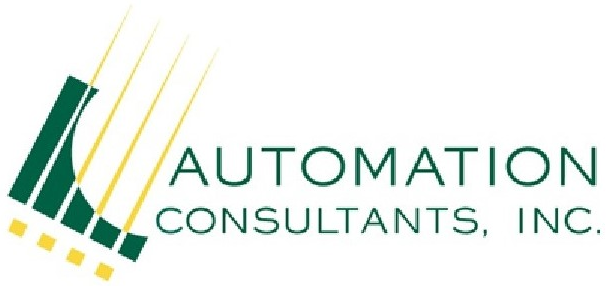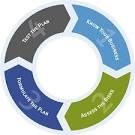Industrial drone study poses question of whether emerging technologies are a solution looking for a problem to solve
University of Bath
Managers face a confusing storm of new technology hype but the key to navigating through the endless promises made for technologies such as drones, blockchain or artificial intelligence is to focus on real uses for the innovations, new research from the UK’s University of Bath and Swiss university ETH Zurich shows.
A five-year study of industrial drone technology adoption showed the value of adopting a rigorous ‘use case’ approach, underpinned by simple questions like, does this technology allow the firm to be more efficient or does it make things more complex? Does it help address real problems or merely act as a distraction?
“Managers are caught in a potential bind – they face the hype and excitement of new technology but their conventional linear approach of ‘make a business case, pilot the technology, implement and scale’, may restrict a firm’s ability to engage quickly with genuinely value-adding innovation” said Professor Michael Lewis of the University of Bath School of Management.
“Our research points to a way through this – an iterative ‘use case’ centred approach can help manage various potentially damaging forces. Asking “where will it work for us” clearly cuts through hype and unrealistic expectations, while also avoiding a bias against novel technologies,” Lewis said.
The research focused on drones as an emerging technology, noting that they possess particular challenges for managers evaluating their potential use, including the fact their dominant use is for leisure and military activities, and that they are familiar to the public, managers and employees, all of whom may already have fixed views about their use, benefits or downsides.
“The ubiquity of drones as a consumer technology and their visibility in marketing – we’ve all been wow-ed by aerial shots and the videos showing the futuristic promise drones seem to hold – mean that nearly all managers and engineers will most likely be aware of drone technology and ponder, that’s interesting, what can we use it for?” Lewis said.
“But there is a major challenge for managers here – when emerging technologies are discussed, it is often unclear whether a problem needs a technological solution or a technology seeks a problem to resolve,” he said.
The researchers examined drone applications in operating environments generally and then carried out specific case studies of drone pilot projects at sanitary products maker Geberit and Swedish furniture and homeware manufacturer IKEA.
Geberit ran two pilot projects, looking at how drones might carry out potentially dangerous silo inspections, and the thermal inspection of injection moulding machines. They eventually concluded that other technologies could better meet their requirements. However, IKEA found drones could be of use in its warehousing operations, relieving employees of dull, potentially dangerous stocktaking tasks and producing more accurate results in this business-critical area for the company.
The research – Emerging technologies and the use case: A multi-year study of drone adoption– concluded that companies should test alternative technologies before there is certainty regarding their value and then evolve a business case as those uses are identified. The research showed this iterative approach would also help managers cope with the breakneck speed of change in such technologies and manage unrealistic expectations inside companies.
“Managers have, for decades, faced the demand, ‘We want to see the business case for that before we hand over the cash’. But this is very challenging with new technology, particularly where there is considerable public hype and inflated expectations in areas like drones, blockchain or artificial intelligence, or where prominent public figures or ‘disrupters’ are involved. Better to focus on the use case and let the business case develop as those uses are identified,” Lewis said.
Disclaimer: AAAS and EurekAlert! are not responsible for the accuracy of news releases posted to EurekAlert! by contributing institutions or for the use of any information through the EurekAlert system.


